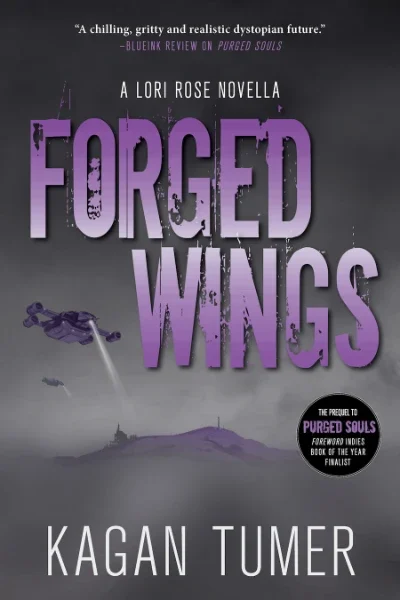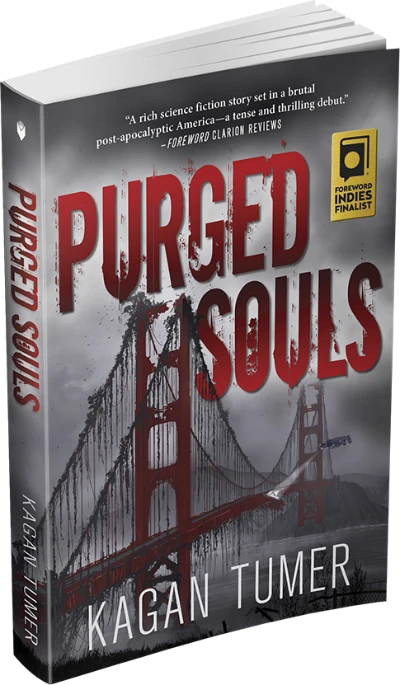When you’re halfway through a book, have you ever wondered what would be the best ending?
The resolution of the plot? The characters reaching their goals? The characters finding some peace? The antagonist receiving their comeuppance? A positive change in the world?
Those are all good answers, and when you think of a stand-alone novel, you need most, if not, all of them. But what about a series? How do you determine which book ends when?
The first book needs a solid ending. There’s a commercial reason for this in that you never know whether more books (or movies) will follow. But there’s a storytelling reason as well: to play fair with your audience, you need to resolve the main plot and let your characters complete their journeys.
It’s obvious that the final book in a series has to wrap it all up. But the second book in a trilogy is often the one where the writer has the most latitude (this also applies to middle books in a longer series). You’ve established the universe and the characters, so you can play, but you don’t have to resolve everything. It’s also the one that can get you in the most trouble because you can leave too many hooks to untangle in later installments.
But where and how do you end? On a high note? A downer? A cliffhanger?
Let’s look at endings for a couple of stories I’m sure you’ve heard of, say the original Star Wars. The first movie resolves most everything: the characters have completed their journeys and the big threat has been defeated. You could stop there and have a satisfying story. A wayward spacecraft implies there may be more to come, but that’s incidental to this story. Now consider the ending of the second movie, The Empire Strikes Back. A big reveal, a small victory, a big defeat, and characters halfway through their transformation. The ending is both a downer and a cliffhanger. The story cannot stop there!
How about the Hunger Games? The first book (or movie) has a clear ending. The world order hasn’t changed, but the main problem has been solved and the characters have completed their journeys. You can stop there. The second book? The win—if you can call it that—is along the lines of “yay, we’re not all dead.” The world is in disarray and the characters are a mess. Another downer and cliffhanger that is more a pause than an ending.
Many other middle entries have that same feeling of impending doom. In fact, I cannot think of a single instance of a series where the middle book ends with a big victory. (No, that’s not a spoiler for Carved Genes.)
In my case, I knew exactly how Purged Souls had to end and wrote the last scene early in the process. But I struggled with the ending of Carved Genes, mostly because I had three places to pause the story, but none of them were satisfying: I vacillated between too much of a cliffhanger or too big a resolution. Then it hit me. It’s not the plot, it’s the characters. The ending of The Empire Strikes Back isn’t a cliffhanger because you’re wondering what the empire will do next. No, it’s a cliffhanger because you want to know what happens to Han.
That realization allowed me to find the pause I needed where some characters reach a good place and others, well, they’re still searching. Ironically, as I grappled with where to end book 2, I wrote the ending of book 3. So, for a while I had a mostly completed novel without an ending and an ending without a novel. Trust me, that’s not as funny as it sounds.
So what’s my point?
Well, you can’t read two thirds of a trilogy. It’s one or three. (this might be the only time my marketing self is happy with my writer self. Ha!)







